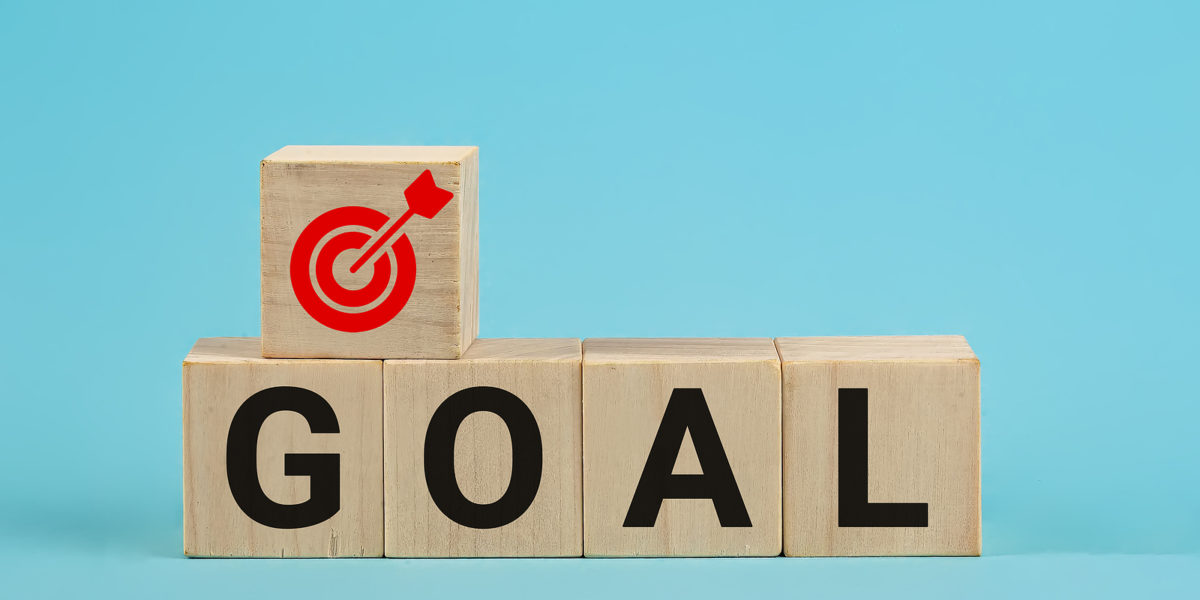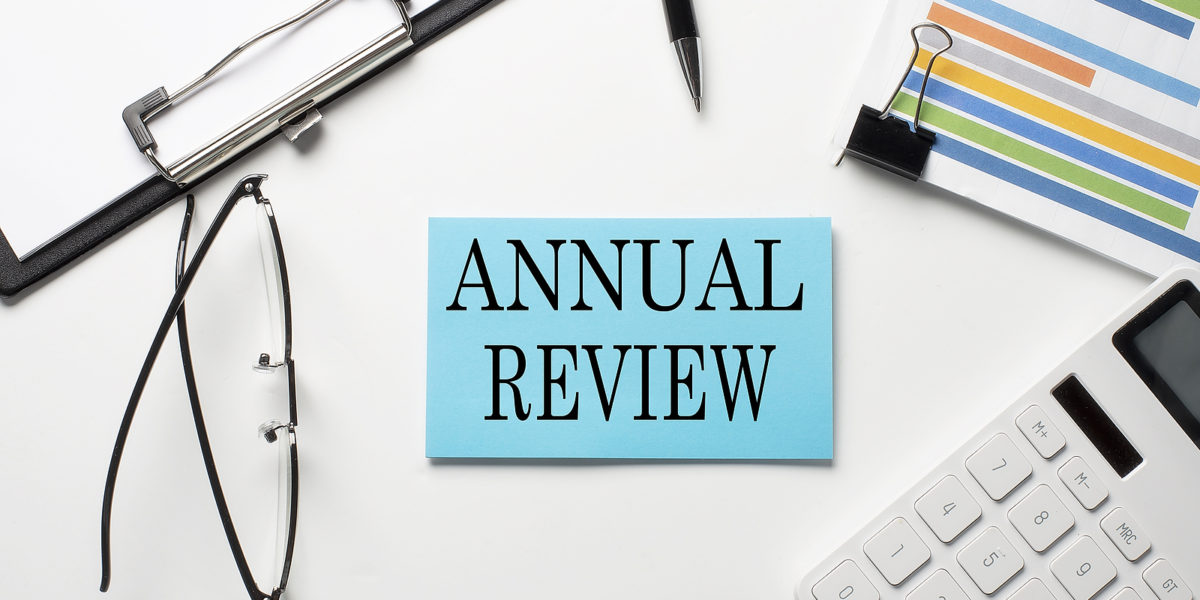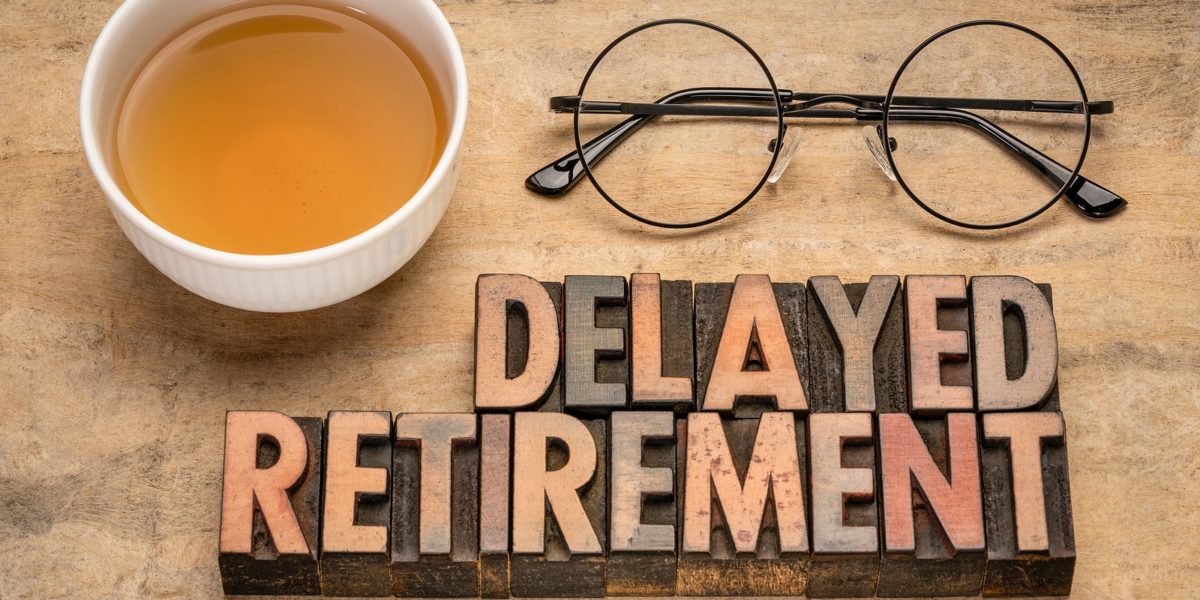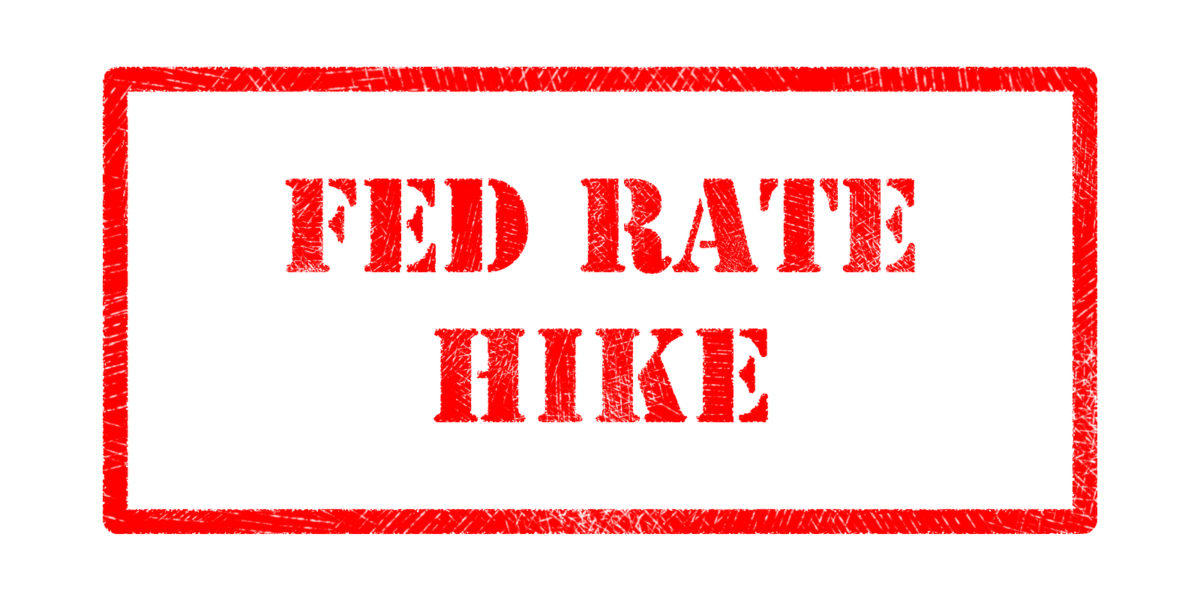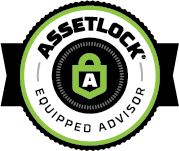News
5 Ways to Plan Your Legacy In Retirement
As you retire and continue to grow your wealth, you may want to give back to others. Allowing you to plan your legacy through philanthropic giving in retirement.
Is Now the Suitable Time to Sell Your Home?
There are several reasons why now may be a suitable time for you to sell your house. Depending on your situation, here is what you should consider in your decision:
Savings Statistics to Help Motivate You to Save More in 2023
As we enter the New Year, your financial security be top of mind as you work towards your goals. Here are some saving statistics to help motivate you.
7 Actions to Help Boost Your Retirement Savings in the New Year
Planning for retirement by implementing appropriate retirement savings strategies can help boost your retirement savings. It’s essential to realize that saving for retirement happens over time through varying market performance cycles and specific actions.
5 Tips to Get the Most Out of Your Yearly Financial Review
No matter your age or stage of life, it’s essential to conduct a yearly financial review with your financial professional. A financial review will allow you to take a close look at your finances, assess the success of various strategies, and determine whether you need to make any changes.
12 Tips to Help Your Holiday Budgeting
Holiday spending and holiday budgeting go hand-in-hand. Holiday spending doesn’t just include gifts. Holiday spending on food, decorations, travel and more during the holiday season may often increase your monthly spending.
Incorporating Giving Back into Your Year-End Financial Planning
If you’re incorporating giving back as part of your year-end financial planning, there are many ways you can do so. You can make an impact while receiving tax benefits by giving as part of an approach to charitable giving. You may want to consider philanthropic giving. Which addresses the root cause of social issues and requires a more strategic, long-term
Thinking About Delaying Retirement? Here’s What to Consider
If you’re unsure about retiring and are considering delaying retirement, you must consider if you have enough retirement savings. Do this before making your decision. Examining retirement savings benchmarks and having a comprehensive financial plan that outlines specific actions are the first steps toward knowing if you should delay your retirement. Also, some questions to ask yourself to help determine
Drawing Social Security Early and Still Working? Here’s What You Need to Know.
Some people decide to retire early and start drawing Social Security early. Many people are unable to live out their retirement plans due to inadequate retirement savings. In addition, many are spending retirement working another job.
The Fed Is Rising Interest Rates: Will It Impact You?
Interest rates are rising again as The Fed continues working towards raising the target interest rate to a “terminal rate,” or endpoint, of 4.6% in 2023. The terminal rate implies a quarter-point rise next year but no decreases, with a goal to slow spending and help curb the inflation rate as it stretches the dollar.



